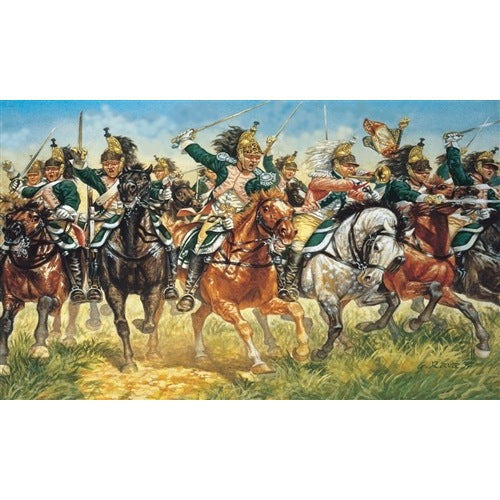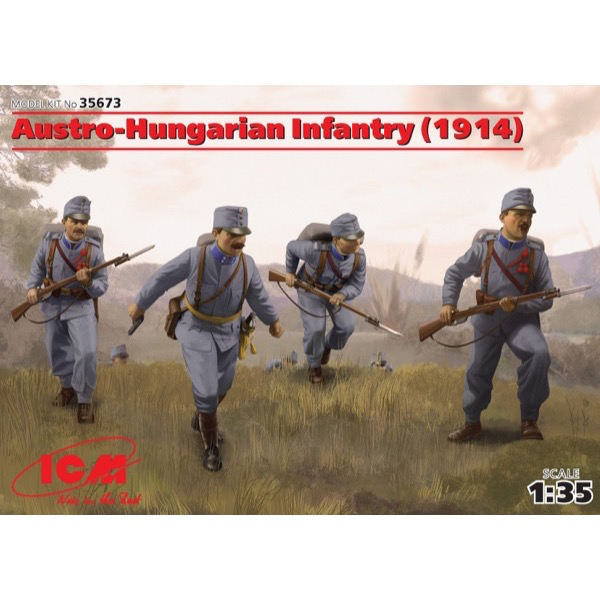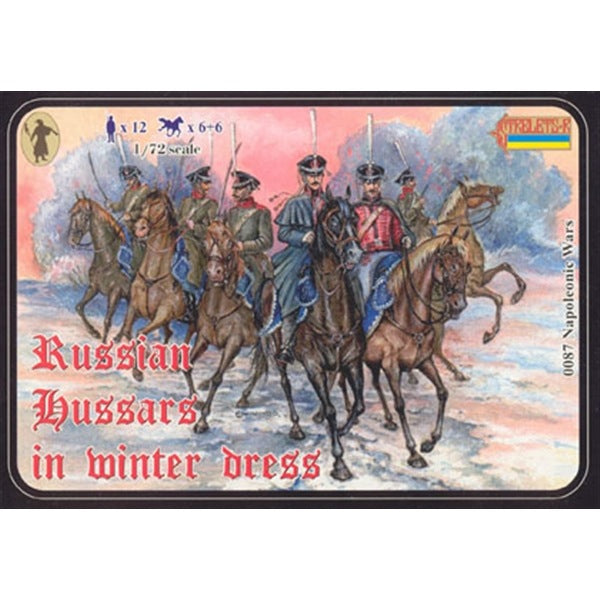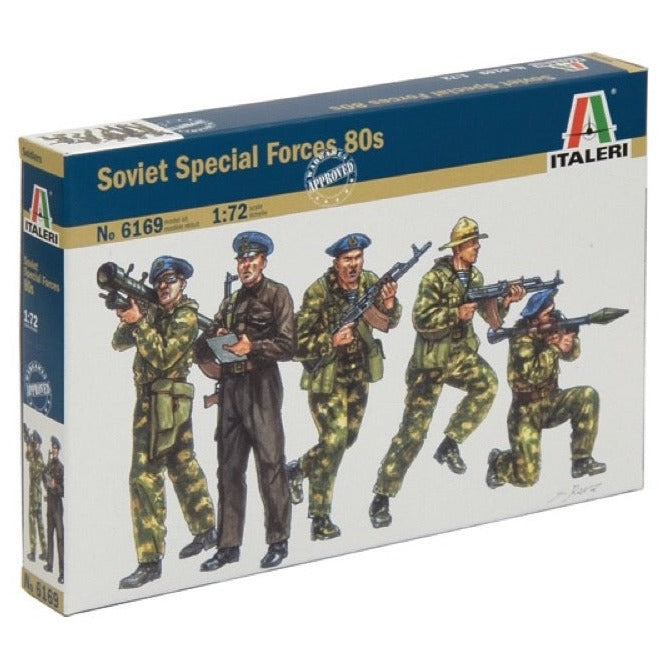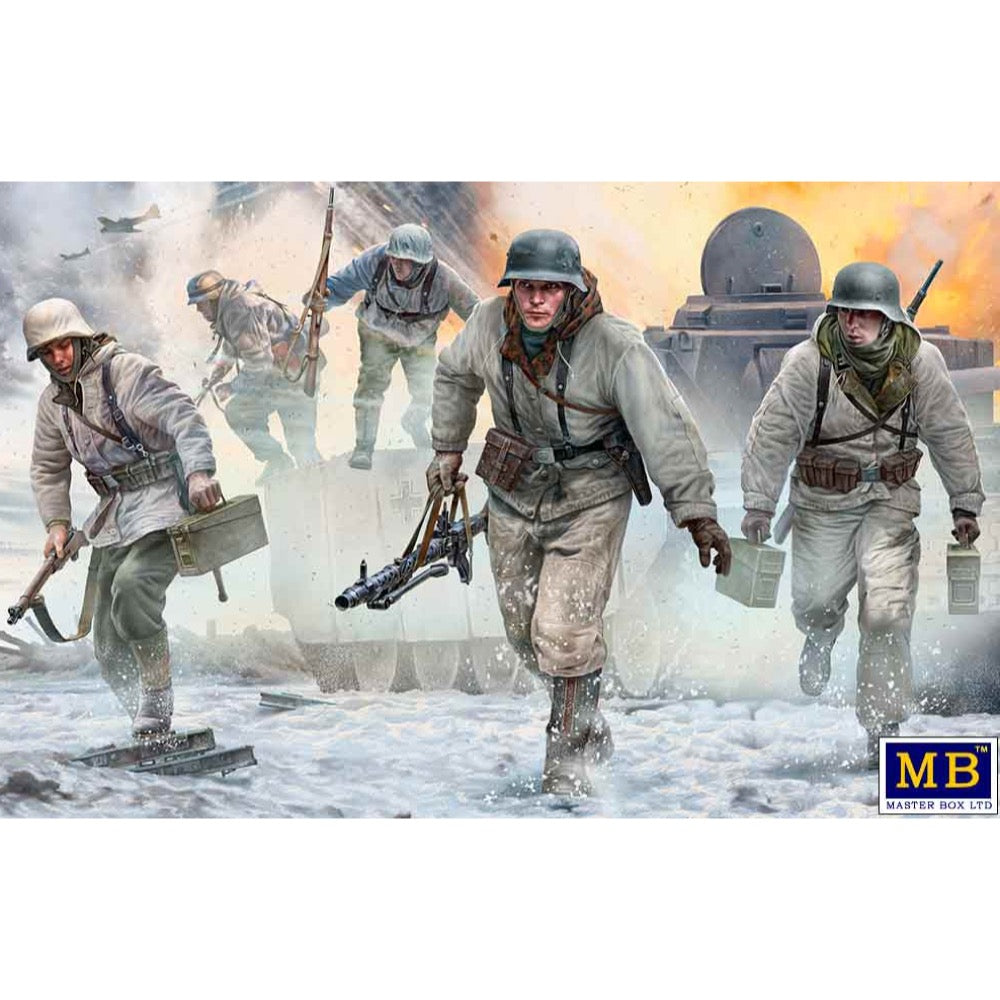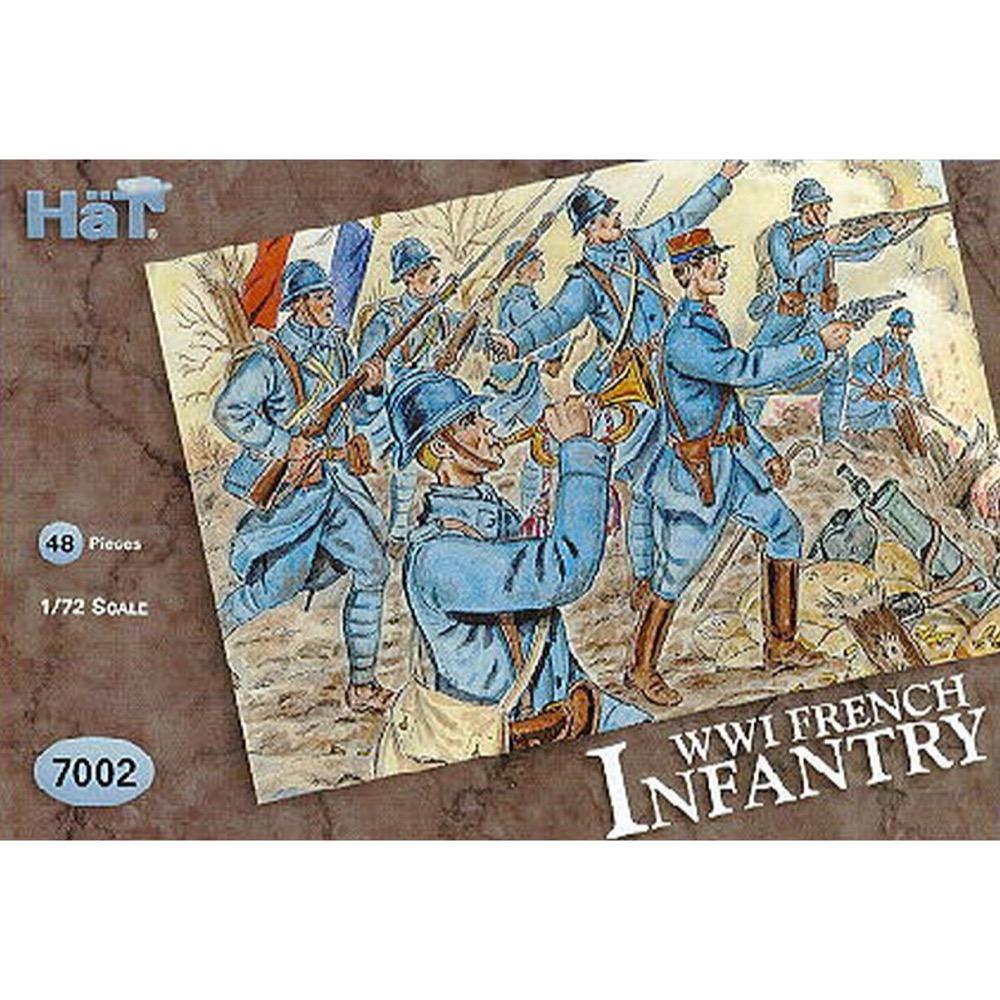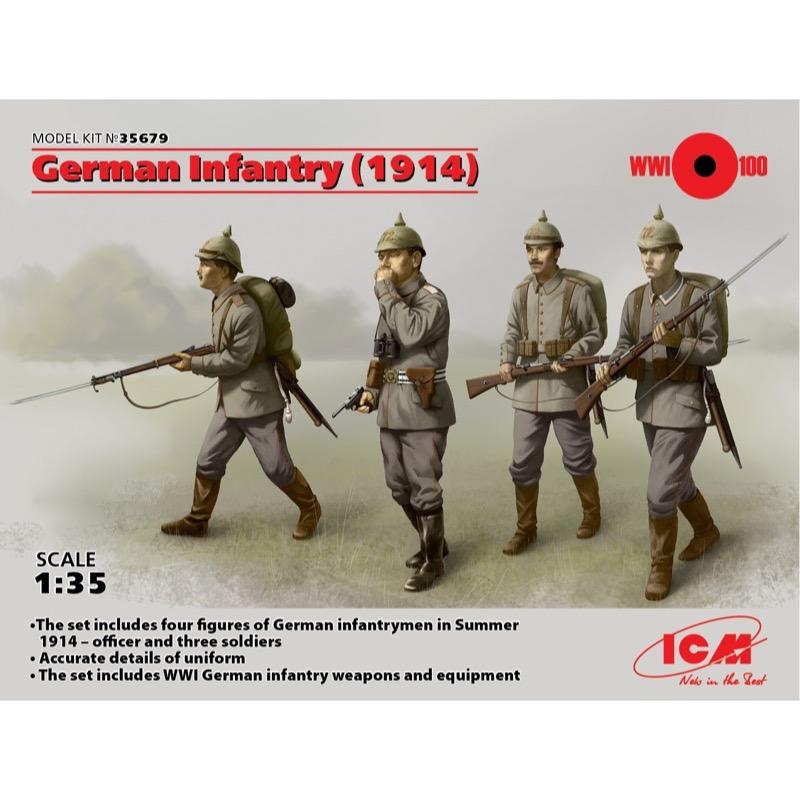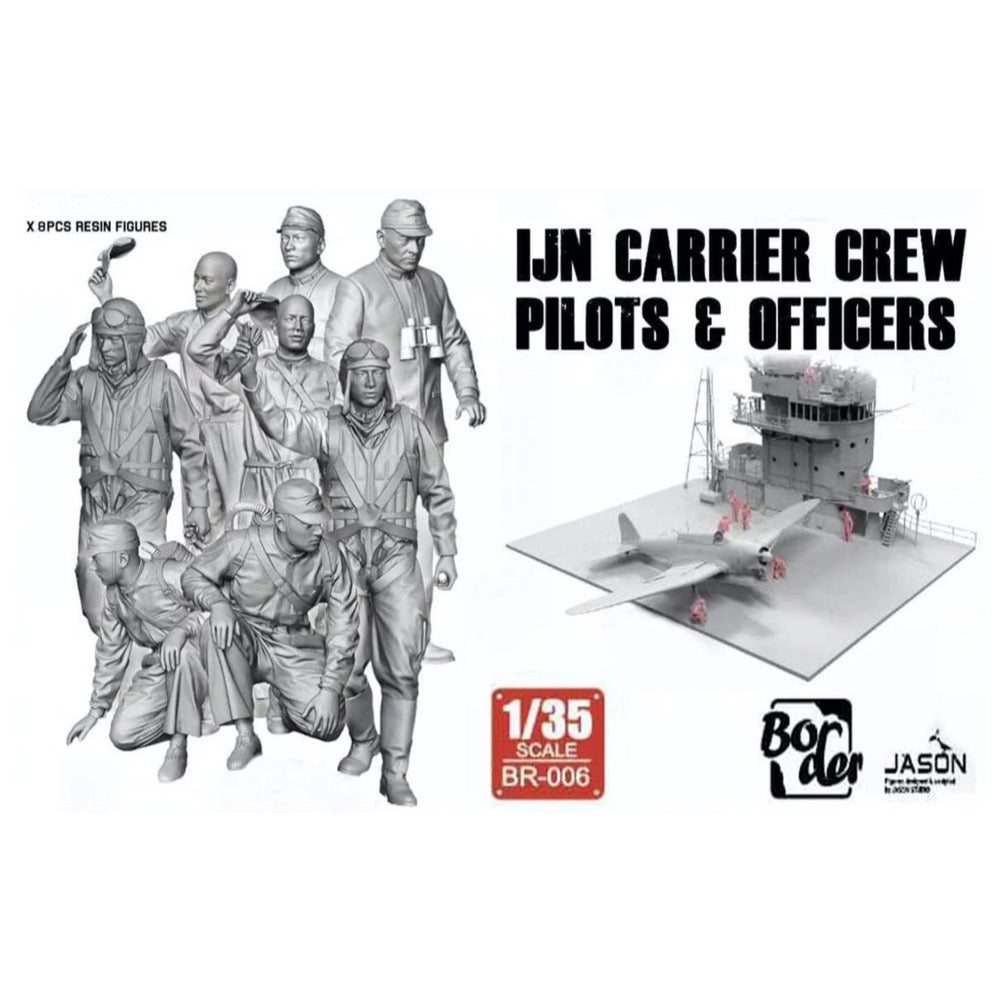
Border Model BR006 1/35 IJN Carrier Crew Pilots & Officers
37.00
$
<p>This set of eight resin figures includes the deck crew, aircrew, and bridge officers for the Border Akagi Bridge w/Flight Deck BS002. </p>
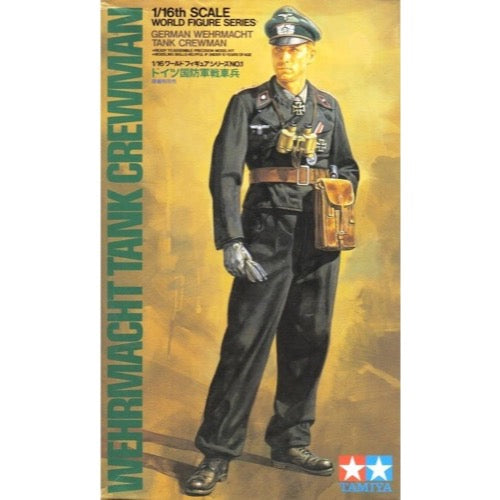
Tamiya 36301 1/16 Wehrmacht Tank Crewman
7.00
$
<p>This is a 1/16 scale plastic figure assembly kit depicting a WWII Wehrmacht tanker.</p>
<h3>Features</h3>
<ul>
<li>Uniform components and decorations are captured with accuracy.</li>
<li>Comes with two different right arm parts, plus a choice of headgear.</li>
<li>Separate parts are included to depict details such as the Iron Cross, holster, binoculars and more.</li>
</ul>
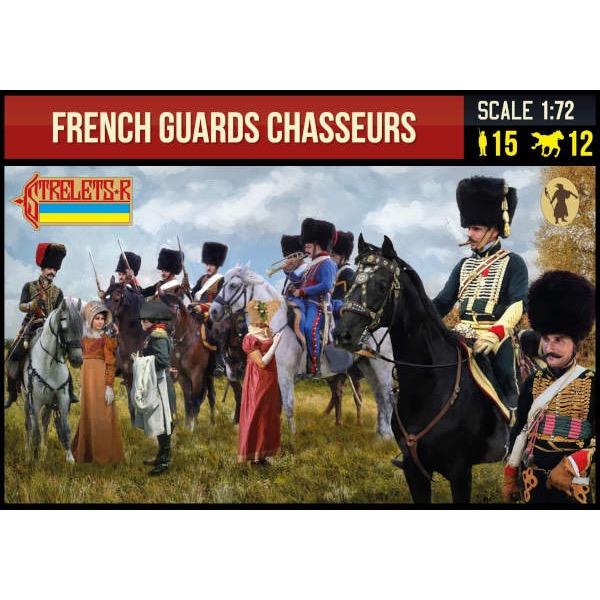
Strelets-R 277 1/72 French Guards Chasseurs Napoleonic
8.00
$
<p><strong>French Guards Chasseurs</strong></p><p>1/72 Scale</p>
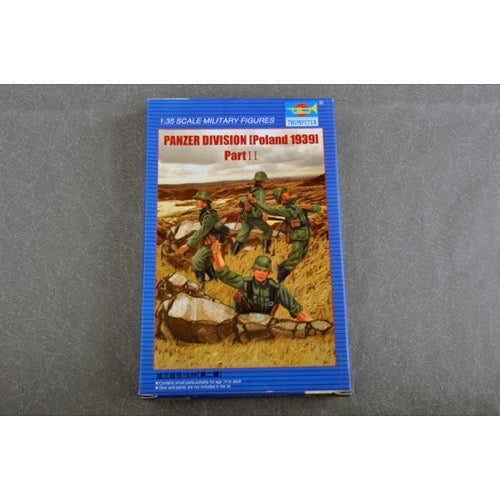
Trumpeter 00404 1/35 Panzer Division Poland 1939 Part 2 Figures
7.00
$
<h3>Panzer Division (Poland 1939) Part 2</h3><p>The 4th Panzer Division was an armored division in the Army of German Wehrmacht.</p><p>In World War II, it participated in the 1939 invasion of Poland, the 1940 invasion of France, and the 1941 invasion of the Soviet Union. It remained on the Eastern Front, mainly under Army Group Centre, until it was trapped on the coast at Courland in the summer of 1944.<br><br> It was evacuated by sea and returned to the main front in West Prussia in January 1945. There it surrendered to the Red Army at the end of the war.</p><h3>Specifications</h3><ul><li>Box size: 25 x 16 x 4cm</li></ul>
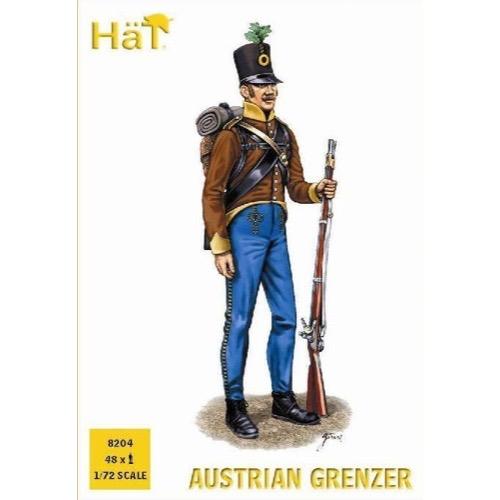
Hat 8204 1/72 Napoleonic Austrian Grenzer
7.00
$
<h3>Napoleonic Austrian Grenzer</h3>
<p>This box contains 48 foot figures in 8 different poses.</p>
<p>When the wars with revolutionary France broke out (1792-1799), the Austrian army was perceived as one of the largest and strongest in Europe. It is true that she suffered a number of defeats during the War of the Austrian Succession (1740-1748), but during the Seven Years' War (1756-1763) she was able to keep the field of the great Prussian army, and even (though rarely) deal defeats - as in the Battle of Kolin in 1757. The Austrian army also performed well during the War of the Bavarian Succession (1778-1779). However, despite the reforms carried out during the reign of Maria Theresa (1740-1780) and Joseph II (1780-1790), the Austrian army turned out to be inferior in the field to the troops of revolutionary and Napoleonic France, which was clearly demonstrated by the Italian campaign of 1796-1797 and such battles as Austerlitz (1805) or Wagram (1809). Considering the above, it is not surprising that during the Napoleonic Wars (1799-1815) the Austrian army underwent changes and reforms (similarly to the Prussian army after 1806), and these changes most often affected the Austrian infantry, including the Grenzer formation (one could call it the frontier troops). This formation was something between line infantry, light infantry, and Landwera. The main task of Grenzer soldiers in peacetime was to guard the border with Turkey, and they performed their service for 6-7 months a year. In total, the Austrian army could deploy about 17-18 regiments of this formation. In peacetime (in 1807), a single regiment consisted of three battalions: one reserve and two field battalions, and each field battalion consisted of six companies of approx. 200 men each. The Grenzer regiments were trained primarily for irregular combat, reconnaissance, reconnaissance and insurance of the marches of their own troops. They also did great in wooded or mountainous terrain. It is worth adding that they could be successfully used on the battlefield.</p>


